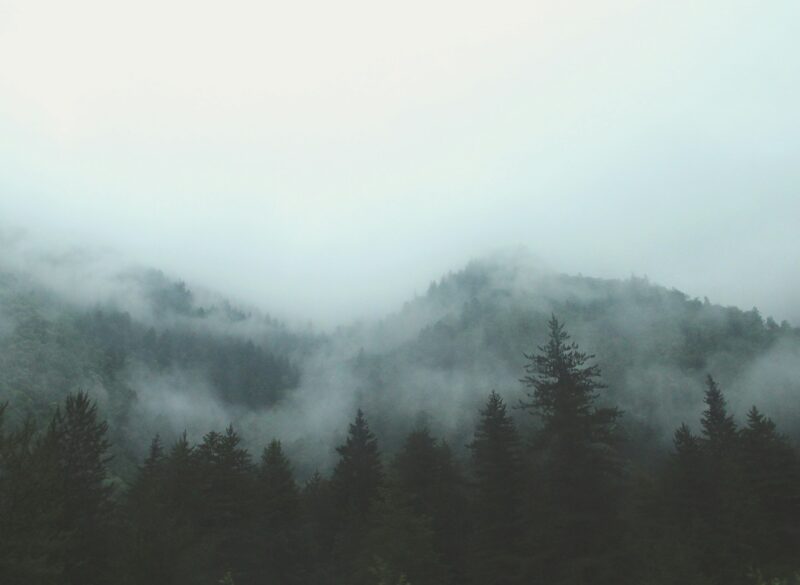
Question:
I wondered if I’d be able to get your meteorological expertise on something happening in the mountains of Colorado. The past few winters, we’ve been getting quite a bit of fog, and I believe a majority of it is from the nearby tubing hill and their snowmaking equipment.
A theory requires data, so I placed multiple cameras last night that collected timelapse footage from approximately 8pm through 7am today. You can watch the entire video, however, there are two segments I’d like to call your attention to:
- Starting around 2:09 in the video, you can clearly see the snowmaking equipment creating and feeding a growing cloud. I recommend watching for about 10 seconds as the cloud drifts toward the camera.
- At 3:37, you can see the cloud gradually overtaking most of Fraser. Watching for about 35–45 seconds will show the extent of its spread.
The “fog” is composed of fine snow particles rather than natural cloud cover. Curious if you have any observations about what you see happening in the video. The snowmaking operations are in the center of the frame in the distance. Please disregard the occasional steam plume from the large building in the mid-ground and focus instead on the distant hill, where you’ll see the turret-style snowmakers in action (unless you think the steam plays a role or helps illustrate the warm air versus the colder air from the snowmachines.)
Also, it’s important to note that the forecast last night and this morning called for clear conditions, no fog.

Answer:
- I doubt the artificial snow particles would stay suspended in the air that long while traveling significant distances horizontally. I would expect them to fall out more rapidly than you see in the video.
- If you look at the video between 4:35 – 4:40, you can see an area in the foreground where a linear cloud appears and then disappears that’s oriented left to right in the video. This is what you would expect with regular fog / low clouds forming and dissipating, snow particles couldn’t do that.
- It’s very common in mountainous environments to have transient clouds and fog, especially in valleys at night, even when their formation isn’t expected. Mountainous areas are full of highly localized micro-climates that can vary dramatically over short distances. Forecasters simply aren’t able to capture all the variability.
Follow-up Question:
Your insights have been incredibly helpful, and I wanted to share a couple of additional observations that might provide further context or even raise new questions. I’d love to hear your thoughts on whether these details align with your initial analysis or suggest other possibilities:
- Observation on December 3rd: The tubing hill had at least four snowmaking machines running during this time. I was able to capture one ground-based photograph and several from a drone. The fog appeared isolated to the area directly over and adjacent to the tubing hill, and from the drone’s perspective, no other fog was visible for miles in any direction. To provide more context, I also recorded a minute of aerial footage, which you can view here: YouTube Video Link. The video shows what appears to be a plume of snow particles extending significantly beyond the immediate area. If you play the video at an accelerated speed or click through it quickly, the fog generation becomes a bit more evident in context. (In the attached PDF, the aerial photos are first through third; and the ground-based photo is the last image.)
- Unique Visual Qualities of the “Fog”: One thing that continues to stand out to me is how this “fog” behaves. It has a coarse, glittery quality—almost as if it’s composed of suspended snow or frost particles. When light shines through it, the particles glitter and twist, much like snow reflecting light. This seems noticeably different from the diffuse, uniform quality of regular atmospheric fog that I’ve encountered elsewhere. It has me wondering whether something unique might be happening with the snowmaking machines to create and distribute these particles over a wider area—perhaps we could coin it the Giuliano effect?
I’m curious to hear your thoughts—do these new details reinforce your initial perspective, or might they suggest a different explanation? Thank you again for your time and expertise—it’s been fascinating to explore this together!



